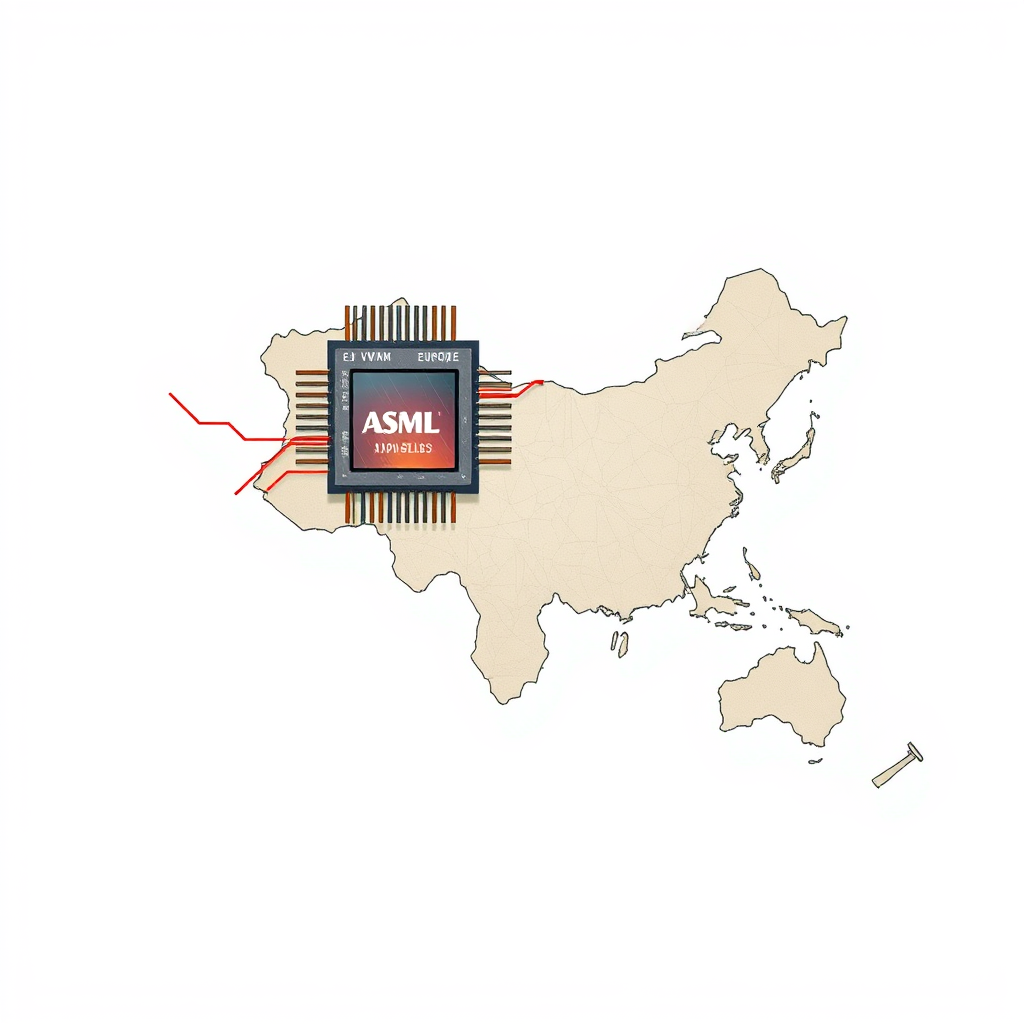China’s Tech Theft: Netherlands Sounds the Alarm

The Netherlands has emerged as a focal point in a widening campaign of Chinese industrial espionage, posing a significant threat to transatlantic security and innovation, according to recent warnings from Dutch Defense Minister Ruben Brekelmans and corroborated by U.S. intelligence assessments. The targeting of key sectors – semiconductors, aerospace, and maritime technology – isn’t simply a Dutch problem; it represents a systematic, state-sponsored effort to erode Western technological sovereignty and gain economic and military advantage.
The epicenter of concern is ASML, the Dutch semiconductor giant crucial to global chip production. China’s persistent targeting of ASML underscores the strategic importance of this industry and the lengths to which Beijing will go to access cutting-edge technology. This isn’t limited to direct attacks on large corporations; small and medium-sized enterprises (SMEs) are particularly vulnerable due to limited resources for robust cybersecurity.
The U.S. and the Netherlands are increasingly aligned in recognizing the threat, with enhanced cooperation on export controls, cyber defense, and counterintelligence. However, fragmented enforcement mechanisms within the European Union create loopholes that China exploits, often directing acquisitions towards member states with weaker regulatory standards.
The issue extends beyond cybersecurity breaches and illegal technology transfer. Chinese intelligence operations actively recruit or pressure individuals – including students and professionals – to steal intellectual property. The threat of economic retaliation – reduced rare-earth exports or market access – further complicates the response, creating a delicate balancing act for Western governments.
A robust transatlantic response requires a multi-pronged approach. Establishing a standardized licensing framework for vetted companies, accelerating high-tech export controls, and fostering real-time threat sharing between nations are crucial first steps. Equally important is raising awareness within the private sector, particularly among SMEs, about the risks of insider threats and the importance of reporting incidents.
Diversifying critical supply chains, reducing reliance on Chinese inputs for rare-earth minerals, and investing in domestic production capabilities are essential for long-term resilience. NATO should consider expanding its mandate to include the protection of economic infrastructure within dual-use sectors, establishing a rapid-response cyber team dedicated to combating industrial espionage.
The current situation demands a unified front. While the U.S. has taken initial steps, a comprehensive, coordinated strategy involving the EU, NATO, and key allies – including Australia and Nordic countries – is vital. The Netherlands, as a key strategic partner, is rightly taking steps to enhance its regulatory framework and intelligence sharing.
However, the challenge isn’t merely technical or regulatory; it’s a fundamental competition for technological dominance. The warnings from Minister Brekelmans and the corroborating evidence from U.S. intelligence should serve as a wake-up call. The West must act decisively to safeguard its innovation ecosystem and prevent the stealthy erosion of its technological sovereignty. Failure to do so will have profound implications for economic competitiveness, national security, and the future of the transatlantic alliance.